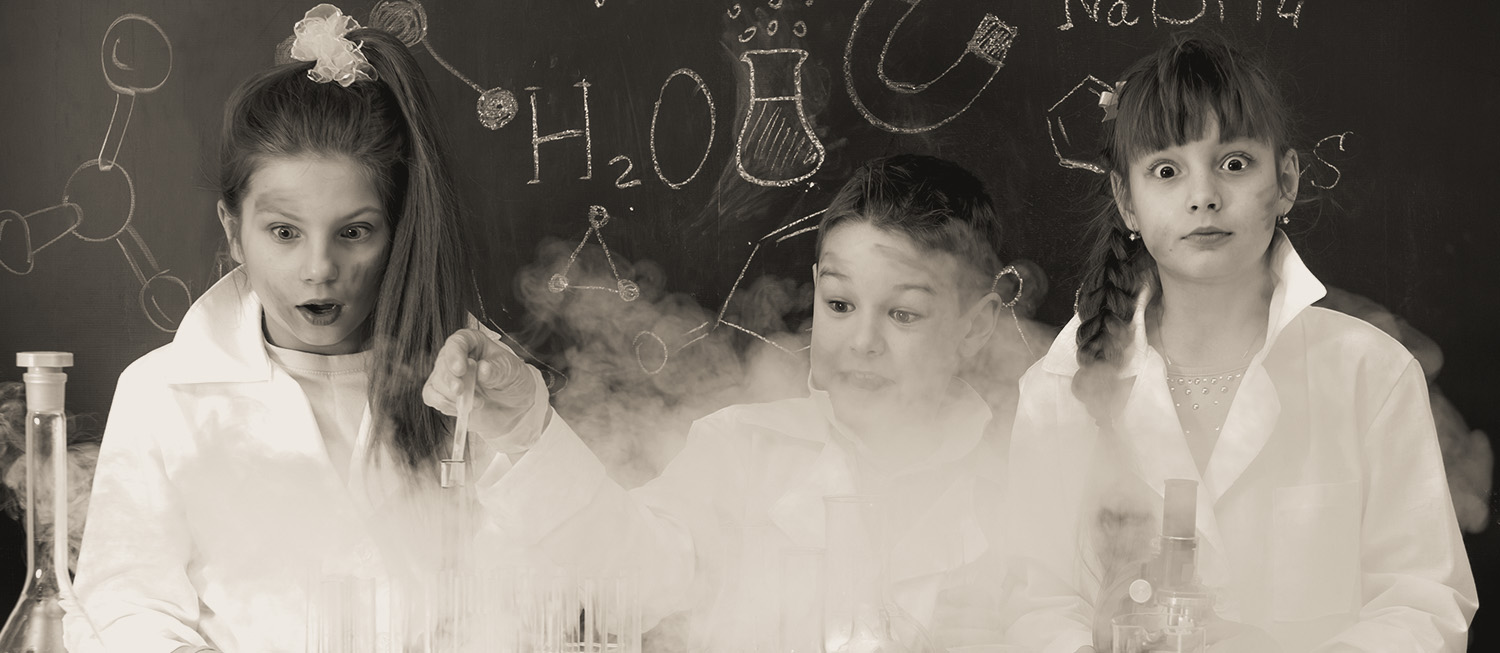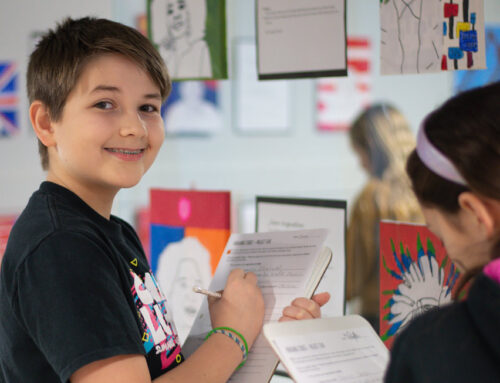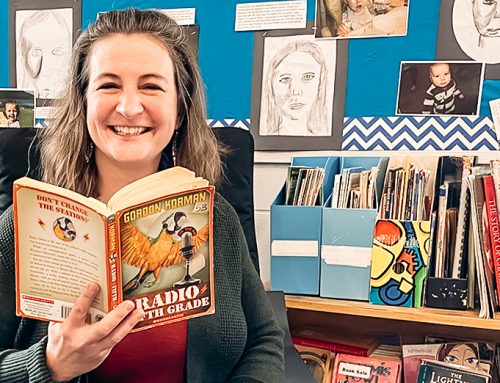I have always loved science. I’m not sure why but wondering about how things worked and watching nature in action was always fascinating for me. I loved the spontaneity of it. Which brings me to high school science class.
Side Note: I have no doubt that my teachers at ACS had a deep desire to guide my path towards a decent understanding of the way the world worked and how we should respond as God’s followers. They worked hard with minimal resources and compensated with enthusiasm. I will also refrain from using any names but rest assured, my best memories include teachers who were interesting, exciting, and loving.
Used What We Had
In modern schools, science is mostly an activity. Students carry out lab exercises, make observations, and learn by doing. We couldn’t do that in the 1960s because we simply didn’t have enough “science stuff.”
Instead, our teacher would try to find the necessary materials to show us things related to science. When he did, we all gathered around his desk to see what would happen. I always wanted to be nearest to the action. Quite often our teacher only had a rudimentary idea of what was about to happen.
Safety rules were generally not on offer.
Air of Excitement
Chemistry is an amazing subject. Not learning about atoms etc. No, real chemistry with reactions, noise, smoke, and the possibility of danger!
It came as no surprise then, that when our teacher decided it would be beneficial to demonstrate the reaction between phosphorus and oxygen, there was a real air of excitement in the room.
Nobody knew what phosphorus was and oxygen had something to do with breathing, but it seemed like things were about to get serious.
Our teacher obtained a chunk of phosphorus about the size of a Mars bar (I have no idea where he got it…). He explained that phosphorus ignites with the slightest increase in temperature. The instructions for this demonstration said that a piece of phosphorus “about the size of a pea” should be used.
Our teacher reasoned that cutting the lump of phosphorus to obtain the correct amount would be dangerous. It would cause friction and therefore, heat and this heat might cause the substance to ignite, which would be very bad (remember this for later).
Ignite and Watch Closely
So, he decided to use the ENTIRE PIECE for the purposes of our demonstration…. The instructions said to place the pea-sized piece in a small cup called a crucible, and then to float the crucible on some water in a large beaker. I’m pretty sure that we didn’t have crucibles, but the teacher found some suitable cup-like device that held the entire piece of phosphorus and float it precariously on some water.
Once set up, you were supposed to take a piece of wire which had been heated up in a flame, and touch it to the phosphorus (remember, this was floating, sort of, in a large cup, on water in a beaker). It’s interesting that the size of the phosphorus chunk gets bigger in my memories as I get older. No matter, once the hot wire was applied to the phosphorus, it was supposed to ignite, and we would be able to see how it reacts with oxygen.
This was the good part, and we were keen to observe!
A Toxic Urgency
Lastly, as soon as the phosphorus ignited, you were to cover the whole thing with a large glass jar with an open bottom. This was to contain the reaction and prevent anything from spreading into the room.
All was quiet. Our anticipation was palpable.
Our teacher touched the phosphorus with the wire, and it did not disappoint. There was a large yellow spark, and it began to burn vigorously. It produced a thick white smoke, diphosphorus pentoxide for the curious. Since a large amount of this smoke was being produced (remember, a Mars bar-sized chunk of phosphorus), the teacher promptly covered the whole thing with the large jar.
At this point something interesting happened.
The inside of the jar became so full of the white smoke, and we couldn’t see what was going on. To remedy this, the teacher REMOVED THE JAR! Now things got interesting in a hurry.
Almost immediately, the whole room filled with smoke to the point that we couldn’t see past our noses. Since we also couldn’t breathe, there was a certain urgency to the situation.
Did I mention that this smoke was toxic? It was.
We were herded out into the hallway while the burning phosphorus continued to produce a seemingly unlimited amount of smoke.
We thought that we were safe until we noticed that a small amount of the smoke was coming into the hall from under the classroom doors. The door was opened so that a towel could be placed there to stop the smoke, but I imagine you can guess what happened. It did not take long before we couldn’t breathe in the hallway, and we had to go outside.
Ultimately all the classrooms were evacuated. We weren’t likely going back into the school anytime soon. Smoke was now pouring out of the exit doors! Since it was after lunch, It was decided that we should be sent home instead.
As a former science teacher, I regard this demonstration as a great success. It was interesting, held my attention and, I promise, I have never forgotten how phosphorus reacts with oxygen!
Just a regular day in the Abbotsford Christian science class in the late 1960’s. I miss those days.






WHAT DO YOU THINK?